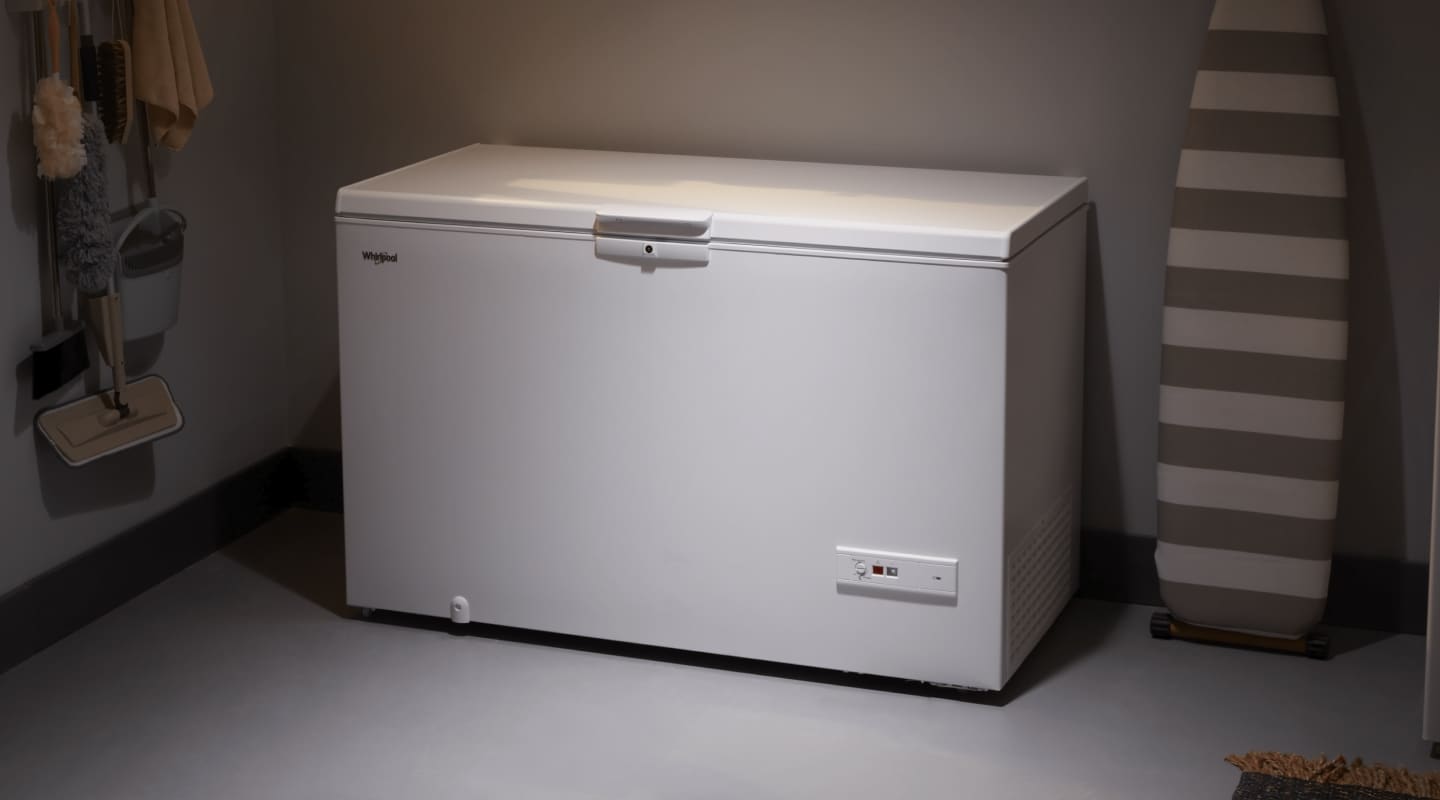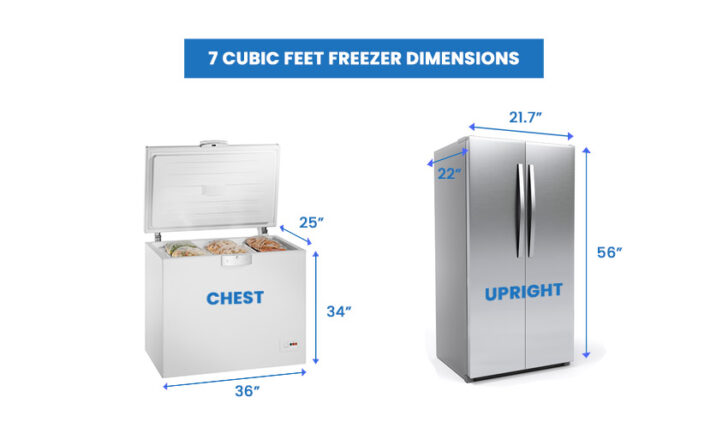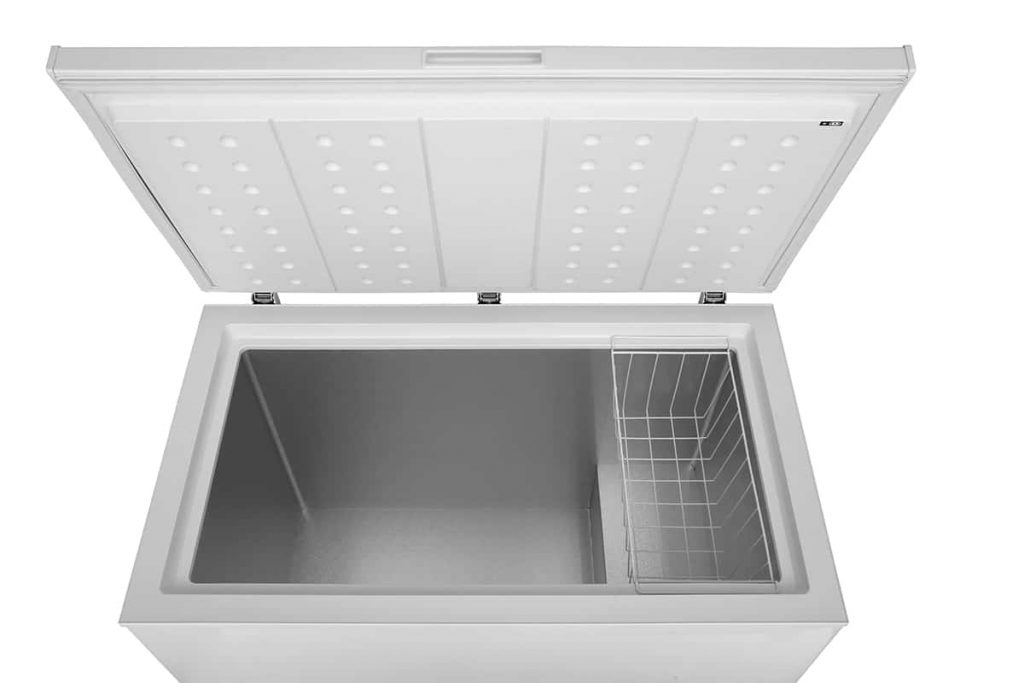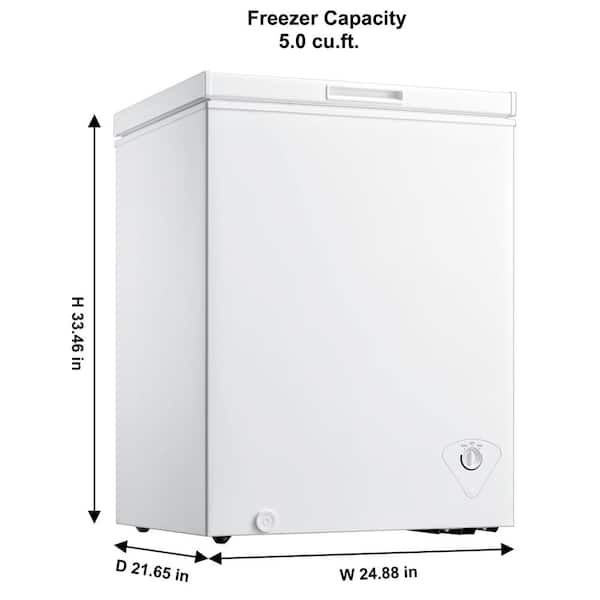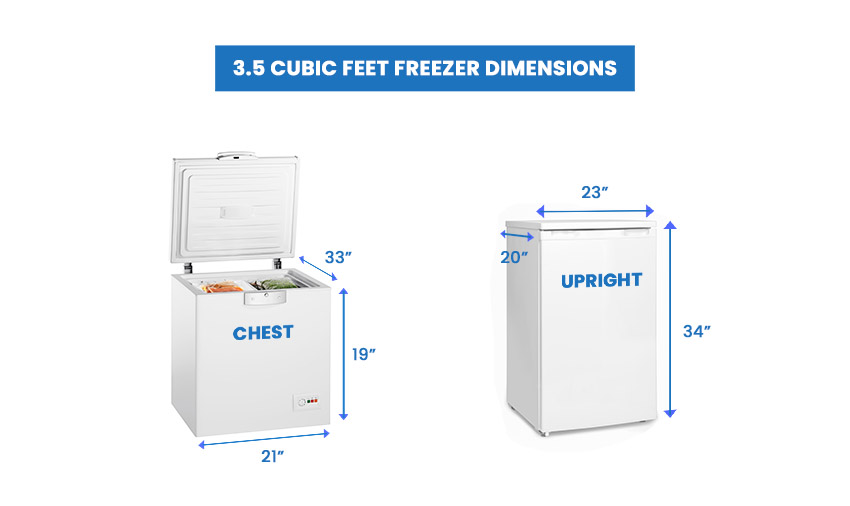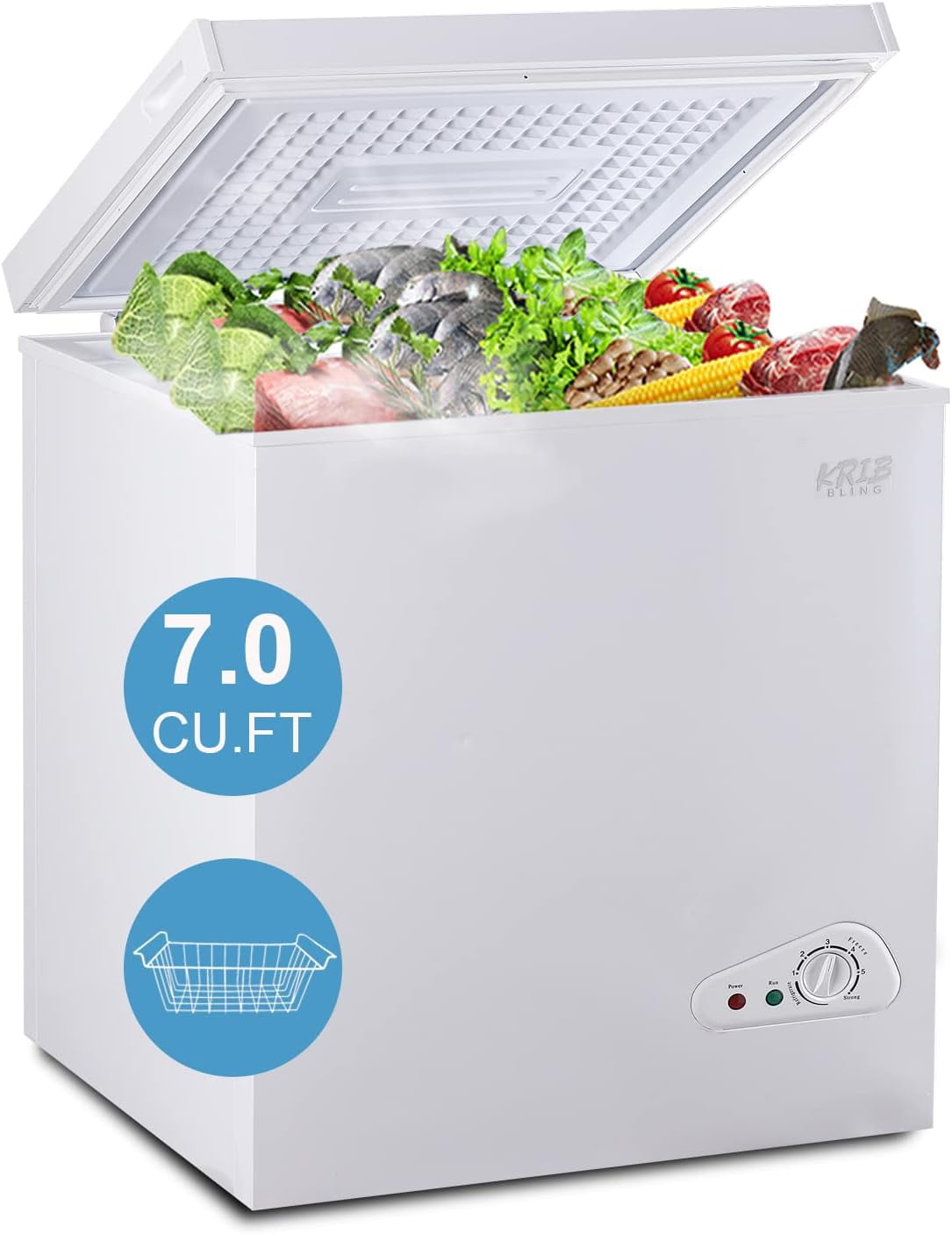How Much Does A Small Chest Freezer Weigh
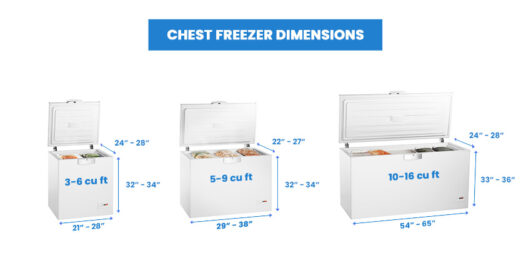
Consumers urgently need to know: before you buy, understand the weight. Overlooking this detail can lead to delivery nightmares and back-breaking installations.
This report clarifies the weight of small chest freezers, addressing a critical oversight in many purchasing decisions. Knowing this information prior to purchase can prevent logistical headaches and potential injuries.
Small Chest Freezer Weight: The Crucial Facts
So, how much do these appliances *actually* weigh? A small chest freezer, typically ranging from 5 to 7 cubic feet, generally weighs between 70 and 100 pounds (32-45 kg). This is when *empty*.
Consider this weight significantly increases when the freezer is full. Factor in the weight of frozen food, which can easily add another 50 to 150 pounds, depending on the contents.
Factors Influencing Weight
Several factors affect the precise weight of a small chest freezer. These include the specific model, its construction materials, and insulation type.
Brand A's 5 cubic foot model may weigh 75 pounds, while Brand B's similar-sized freezer could be closer to 85 pounds. The difference can be attributed to varying manufacturing techniques.
Freezers with thicker insulation, designed for greater energy efficiency, often weigh more. Stainless steel exteriors will also add to the overall weight compared to models with painted metal.
Why Weight Matters
Understanding the weight is essential for several reasons. Primarily, it impacts delivery logistics and installation feasibility.
Can you, or your delivery team, manage the weight without assistance? Consider the location: will it require navigating stairs or tight doorways?
Ignoring the weight can lead to damaged floors, strained backs, or even an inability to get the freezer into its intended location. Proper planning is paramount.
Practical Considerations: Before You Buy
Always check the manufacturer's specifications for the *exact* weight of the model you are considering. This information is usually found on the product page or in the owner's manual.
Plan your delivery route and prepare the installation area. Clear pathways, remove obstacles, and ensure adequate space for maneuvering.
Recruit assistance if needed. Lifting and moving a heavy chest freezer is best done with at least two people to prevent injury.
Consider using a furniture dolly or appliance hand truck for easier transport, especially on hard surfaces. This will reduce strain and prevent damage.
Once in place, consider the flooring beneath the freezer. Ensure it can adequately support the appliance's weight, particularly when fully loaded.
Ongoing Developments
Manufacturers are continually exploring lighter materials and construction techniques. This aims to reduce the overall weight of appliances without compromising performance.
Monitor product updates and reviews for information on newer, potentially lighter models. Check for any specific features that might impact weight.
Stay informed to make an informed decision. Being aware of weight specifications is a vital step in selecting the right chest freezer for your needs and preventing future problems.
